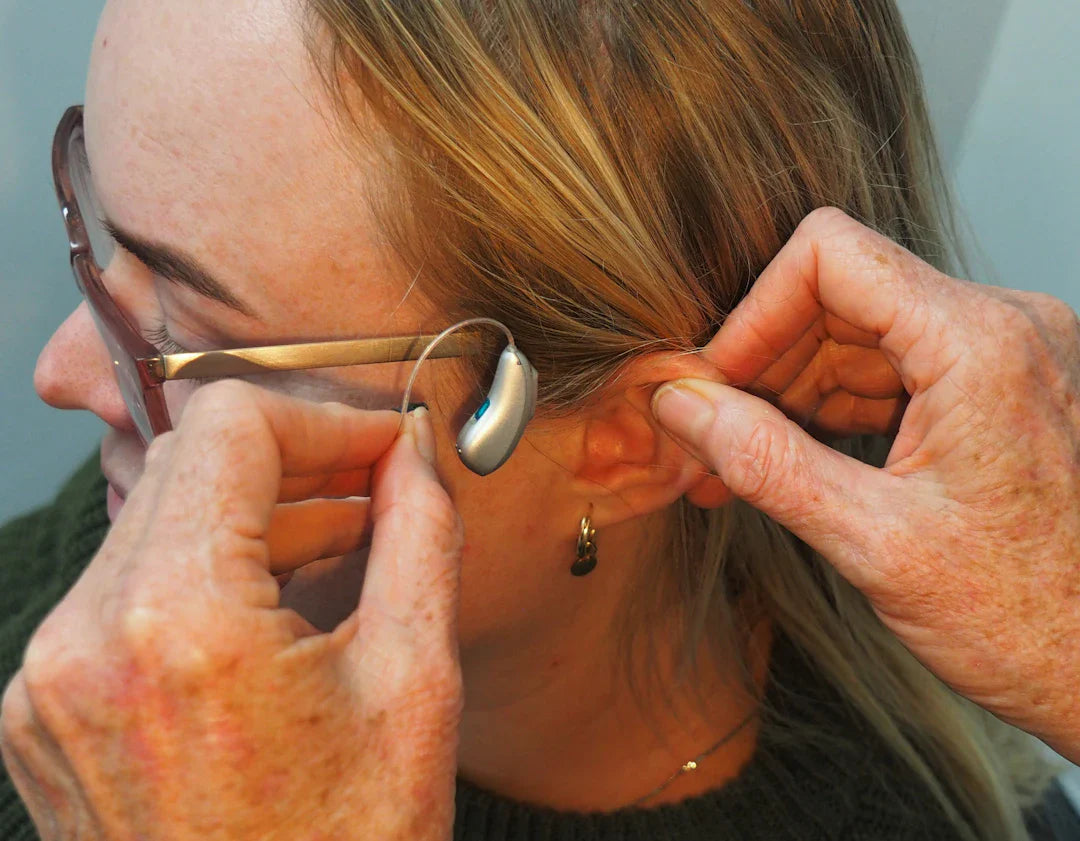Advantages and Disadvantages of Invisible Hearing Aids
Customised hearing aids represent an optimal choice for those seeking a discreet auditory solution tailored to the unique contours of their ear canal. The selection encompasses a variety of styles, each designed to cater to specific levels of hearing impairment and individual preferences. The two most inconspicuous options include:
- Completely-in-canal (CIC) hearing aids: These devices are positioned entirely within the ear canal, avoiding the concha or bowl area of the ear.
- Invisible-in-canal (IIC) hearing aids: These are situated deeper within the ear canal, often in black to blend seamlessly with the ear's natural shadows.
While the allure of these subtle models is primarily aesthetic, it's crucial to ascertain if they align with your specific requirements.
Benefits of Invisible Hearing Aids:
- Discretion: These aids are virtually unnoticeable, ideal for those who value the benefits of enhanced hearing without the visibility of a traditional aid. They lack external tubes or wires.
- Comfort and Customisation: Tailored to the individual's ears, these lightweight devices offer significant comfort.
- Practicality: Their ear canal position allows for easy use of glasses, headwear, phones, earbuds, and headphones, with added protection against wind noise due to coverage by the outer ear.
- Versatility: Suitable for a wide range of hearing loss, from mild to severe, these aids accommodate various lifestyles, whether it involves sports, shopping, or other activities.
Drawbacks of Invisible Hearing Aids:
- Maintenance: These aids might require more frequent upkeep due to increased exposure to moisture and earwax.
- Battery Challenges: Users with vision or dexterity issues may find handling the small batteries difficult. Additionally, the battery life in these models is often shorter.
- Acclimatisation: Users with mild hearing loss might notice an amplified sound of their own voice, a sensation that may require an adjustment period.
- Compromised Functionality: The smaller size may limit certain features, particularly the absence of dual microphones, which are essential for optimal auditory performance in noisy environments.
- Limited Connectivity: The compact design often precludes Bluetooth functionality, restricting access to specific applications and remote control features.
Selecting the Appropriate Hearing Aid:
It's paramount to consult with a hearing care professional to determine the most suitable hearing aid for your needs. A comprehensive discussion about your lifestyle and daily auditory environments will guide this decision. This process begins with a complimentary hearing consultation, available for booking at your convenience. For any further inquiries, please feel free to contact us.




